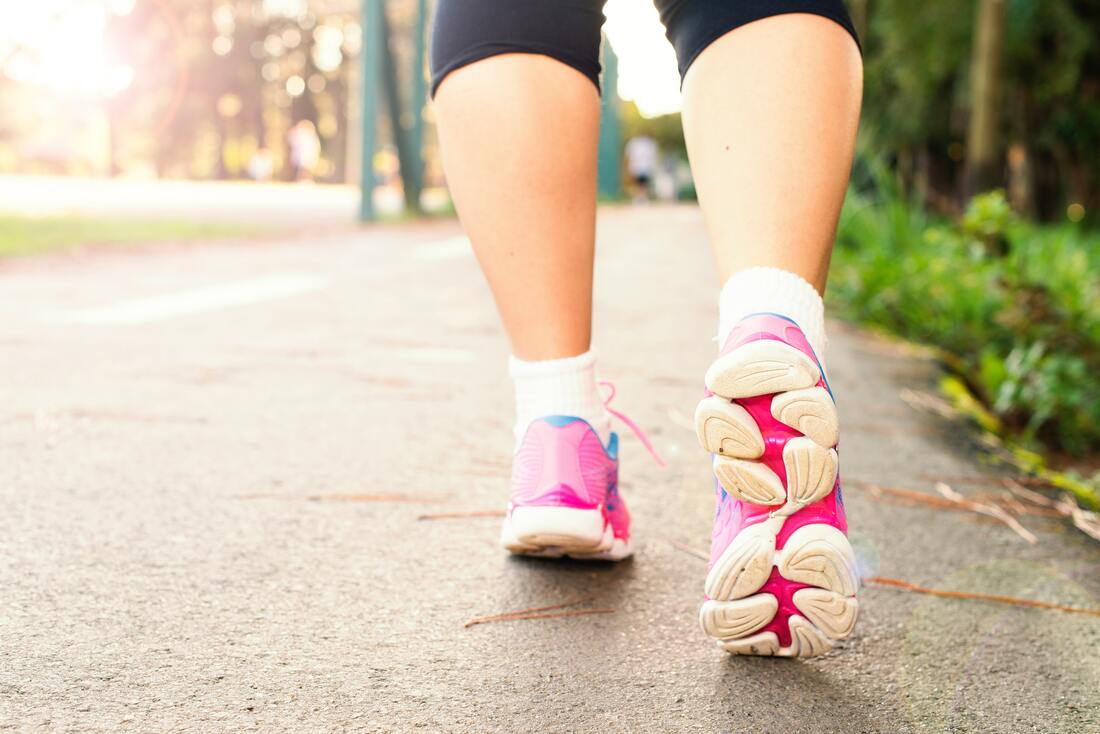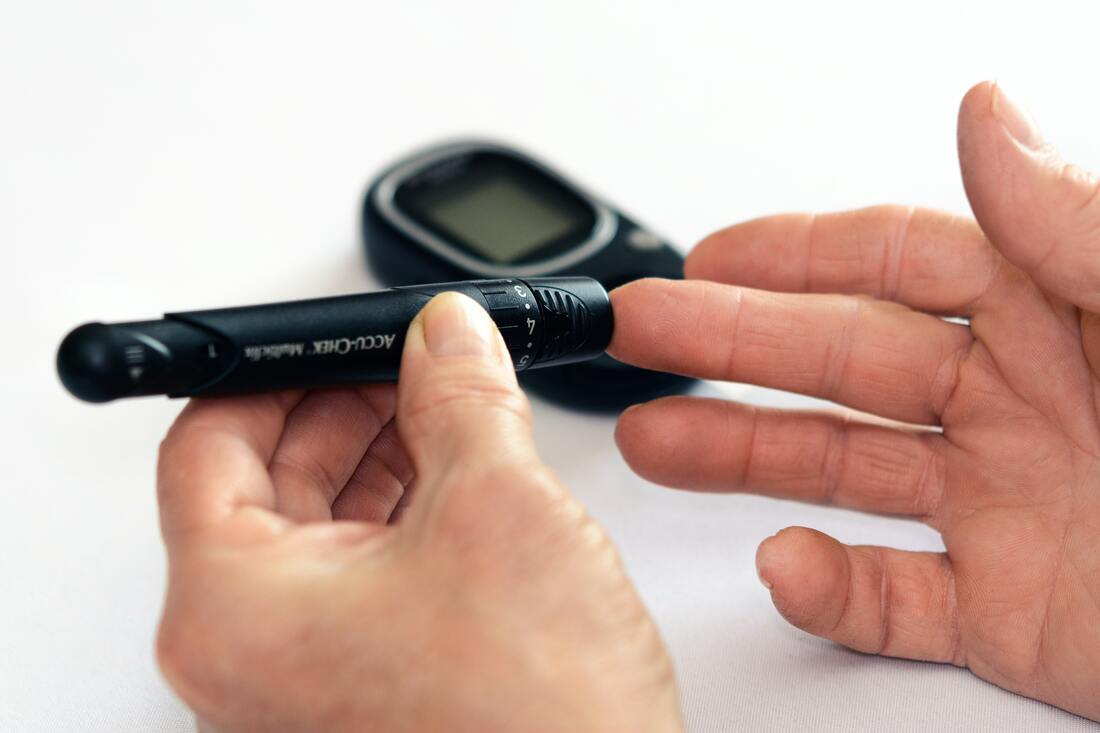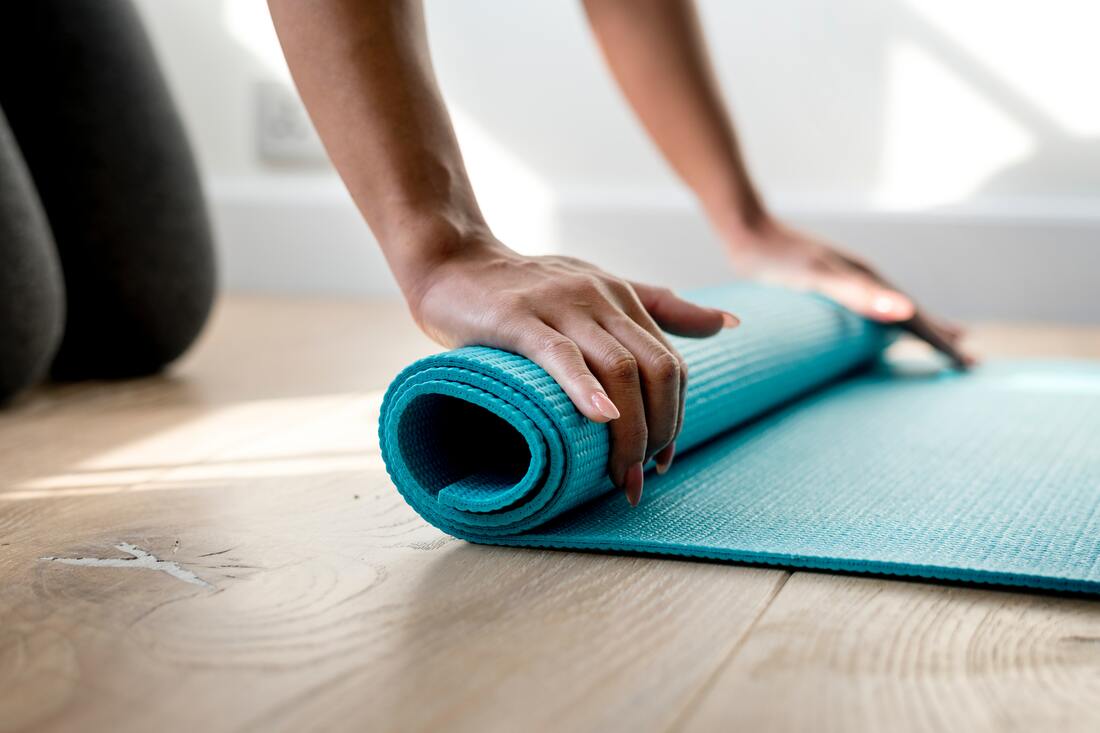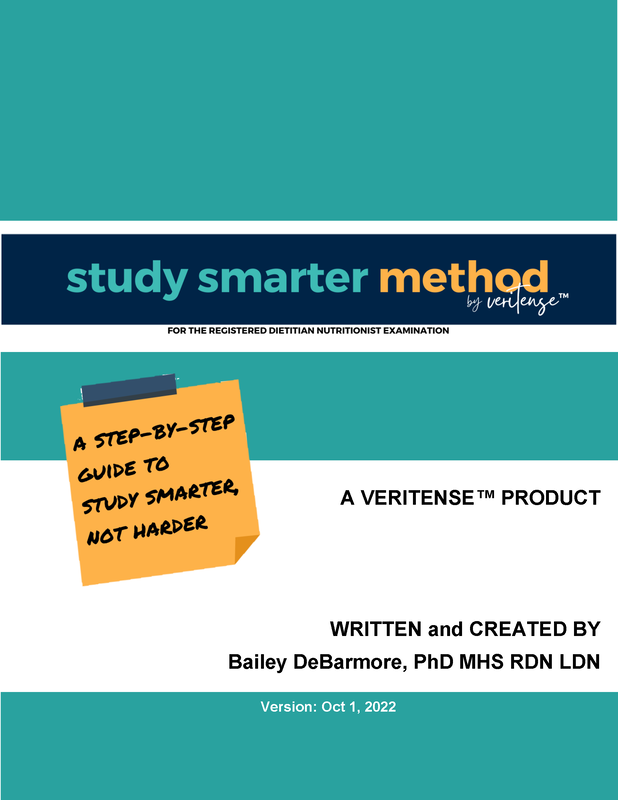|
It’s difficult to start a new habit, and starting a regular exercise routine is no different. However, if you have a chronic health condition, an amputation, or an injury, the typical blog posts about eating your macros, building your fitness model body, or other appearance-focused information isn’t where you need to start.
Physical activity, which is any movement we do with our body (exercise being one of them), is beneficial for nearly all persons in preventing disease, preventing progression, and managing symptoms. Physical activity can also exacerbate existing conditions or lead to new injuries if approached too vigorously. For example, regular activity can help with the pain of fibromyalgia and fatigue of chronic fatigue syndrome, but too much too fast can worsen the symptoms. Let’s get you started on the right track. chat with your doctor
You’ll often see a disclaimer on articles and blog posts: “Always consult with your doctor before starting a new exercise regimen.” Just because you see it often doesn’t mean you should disregard it. All health practitioners should be promoting regular physical activity to their patients, and while it might be tacked on to the end of a short consult, start a conversation with them asking how you can get started.
You’ll want to know about any restrictions you should take, the best exercises to get started on, what to focus on, and any considerations you need to keep in mind during exercise. For example, if you suffer from low back pain, knee pain, or arthritis, you should start with low-impact exercise. Low-impact means your body is not rising and falling back to the ground, such as when running. Walking, swimming and water aerobics, and elliptical are good choices for low-impact aerobic activity. If you are using fitness videos or going to classes, modify any jumping (“plyometric”) exercises and keep your feet on the ground. Note that just by raising your arms above your head, you will increase your heart rate and the challenge, without your feet leaving the floor. If you have diabetes, be aware that exercise lowers blood pressure (which is good in the long term) but can lead to hypoglycemic episodes. Keep juice and/or hard candies (not sugar-free) on hand when you exercise and drink plenty of water. invest in the right equipment
Having proper fitness shoes – for your gait, your arches, your joints, and your activity of choice, is key. Proper shock absorption will keep your feet from fatigue, and proper fitting shoes is important to avoid blisters. Avoiding injuries to your feet while exercising are particularly important if you are older or have diabetes, as you may not feel the same sensations in your extremities and may not heal as well.
You can find out about your gait, arches, and different levels of comfort by going to stores like Fleet Feet, The Walking Shoe Store, New Balance, Dicks Sporting Goods, and others. You don’t need to buy shoes from there, but it’s worth the time to learn about the best brands and models for you. If you have an amputation (upper or lower), you want to have the right prosthetic limb for your needs, whether you get a second one or simply need a better fitting one. The first step to finding the right prosthetic limb is to choose the right prosthetist. You should also talk with your physiotherapist about your goals (balance, endurance, strength) and the proper exercises to do with and without your prosthesis to achieve your goals. You may also want to invest in a cushioned yoga mat for floor exercises and resistance bands.
Resistance bands come in different “strengths” and can be used for countless exercises. They are particularly useful if you are recovering from an injury (in the advanced recovery stages). Here’s a great article on using resistance bands in your exercise regimen from the Cleveland Clinic.
start slow
Discuss with your doctor how to start a physical activity routine and discuss the benefits so you can keep these in mind. While your ultimate goal may be exercising three times a week, build up to it slowly! Starting slow and gaining momentum is key to building a lifestyle change and not adopting a fleeting fad. Stand more at work, take walks during lunch, take the stairs instead of the elevator. Just moving more is a great way to start. Take a walk during that weekly phone call with a loved one or do resistance band exercises during commercials.
Going too hard too fast, with a health condition or not, will leave you sore and discouraged, and may even lead to overtraining or an injury that boots you off the track before you ever got started. Setting SMART goals – specific, measurable, action-oriented, relevant, and timebound – is key in achieving your overall goals.
0 Comments
Your comment will be posted after it is approved.
Leave a Reply. |
a blog about health, wellness, nutrition, and fitness from an epidemiologist / dietitian with personal trainer experience
Stay up to date on productivity tips and active learning techniques
Like what you read?
categories
All
|





_250px.png)



 RSS Feed
RSS Feed
